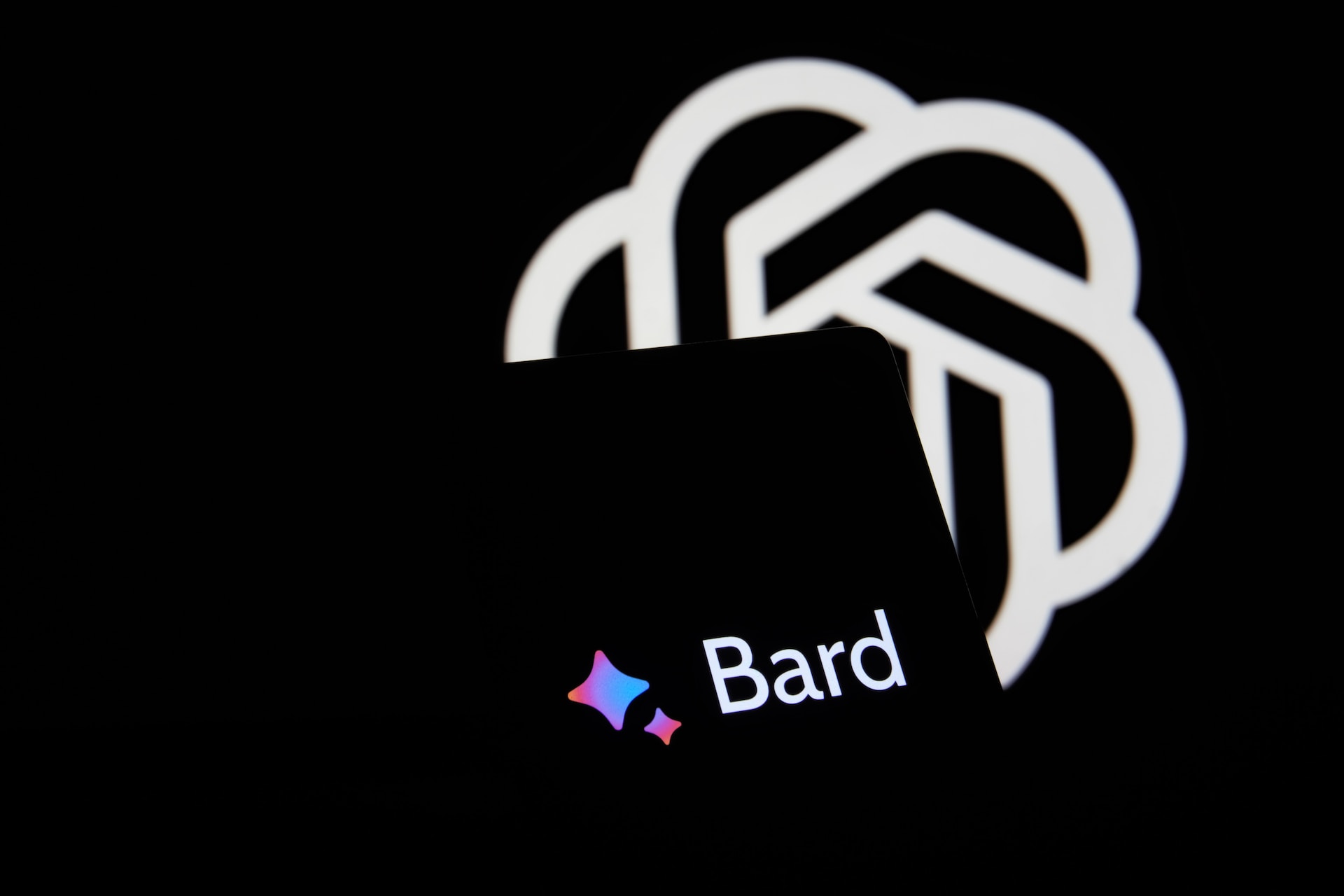Managing Risks Emanating from Generative AI
Generative AI is revolutionizing the way we work. Every big tech company in the world is launching their own version of this powerful artificial intelligence system.
To put it simply, generative AI is a machine-learning system that generates new content based on a variety of inputs. Outputs are in the form of text, images, sounds, animation and even 3D models. The launch of ChatGPT by OpenAI in November 2022, opened a pandora’s box. Many companies are in the midst of launching their own versions of this potentially life-altering technology. Google launched BARD in March 2023 in the US and the UK, with plans to expand it to other countries and in other languages in the days to come.
Applications of Generative AI
Generative AI has vast potential for the future and its use cases and possibilities span all industries and individuals. Below are the top ways in which generative AI is being used today:
- Language – Using text, generative AI models are being used to generate content for marketing, gene sequencing, code development and is also used to generate essays. Generative AI is being used extensively in the field of life sciences. Biomatter, a synthetic biology company, combines the power of generative AI and physical modelling to create entirely novel and functional enzymes that can enable the creation of tailored treatments to address specific medical conditions. It also has great usage in helping farmers produce healthier crops with less waste.
- Auditory – Generative AI is being used to create music, audio, and speech using text inputs. Google unveiled its AI music generator called the MusicLM in January 2023. This AI system can generate clips of up to 5 minutes long, based on text descriptions. Google has trained MusicLM on more than 280,000 hours of music sourced from another AI model MuLan, that is trained to link music to descriptions written in natural language.
- Visual – The most exciting use of generative AI is perhaps in the creation of 3D images, avatars, videos, graphs, and other illustrations. NVIDIA has launched numerous AI research projects that help creators in generating animations using audio and body movements; make 3D mesh for heads from facial scans; generating photorealistic 3D visualizations of products from 360° video recordings; and generating 3D shapes with topology, rich geometric details, and textures from data like 2D images, text, and numbers.
- Synthetic data – Generative AI can be used to develop synthetic data where data doesn’t exist. This can help address data challenges for many enterprises. Its use cases are multiple and varied. Using generative AI, a diverse set of training data is being created for digital avatars in the Metaverse. Similarly, models are being trained on synthetic data to detect head poses, emotions, and gestures, with varied elements like hats, glasses or other accessories to reduce car-related accidents, injuries and fatalities all over the world.
Risks Abound Too
Generative AI produces outputs based on patterns it learns from input data. Down the line, this presents various potential risks such as intellectual property theft and confidentiality breaches. An Amazon lawyer has already urged its employees not to share code with ChatGPT. In internal communication, the lawyer wrote, “this is important because your inputs may be used as training data for a further iteration of ChatGPT, and we wouldn’t want its output to include or resemble our confidential information (and I’ve already seen instances where its output closely matches existing material).”
Outputs from generative AI should not be trusted blindly. It could be at times outrightly inappropriate or even selectively prejudiced. In a viral tweet posted by @spiantado, he pointed to the problem of sexism and racism shown by ChatGPT when asked to “write a python function to check if someone would be a good scientist, based on a JSON description of their race and gender.”
Manage the Risks
Generative AI’s potential is still untapped, and it is at this point only in the nascent stages of popular adoption and further refinement. Its impact on productivity could add an equivalent of US$2.6 trillion to US$4.4 trillion annually. This estimate would roughly double if generative AI is embedded into software that is currently used for other tasks.
Addressing the many risks concerning trust and security regarding generative AI needs to be subsequently addressed. Gartner’s analyst Avivah Litan says, “AI developers must urgently work with policymakers, including new regulatory authorities that may emerge, to establish policies and practices for generative AI oversight and risk management.”
Photo Caption: The logos of ChatGPT and Bard.



